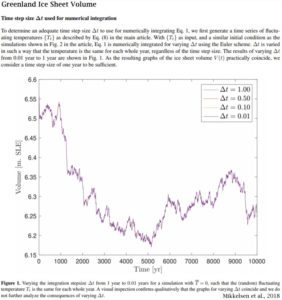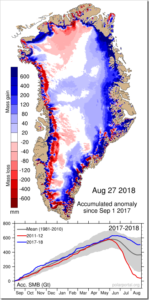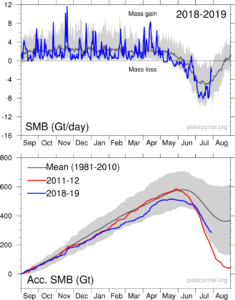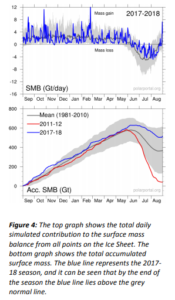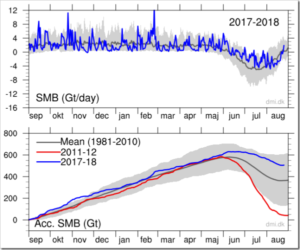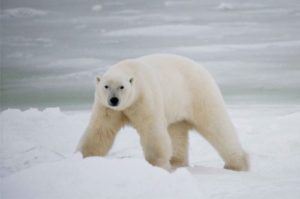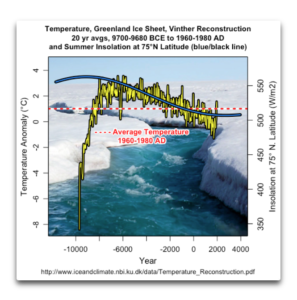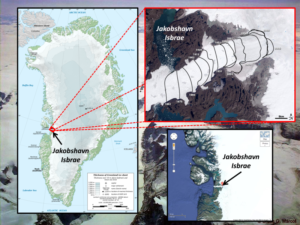by P. Homewood, August 29, 2019 in NotaLotofPeopleKnowThat
You will recall those ridiculous stories about Greenland heatwaves and ice sheet meltdown, which were circulating just a couple of weeks ago :
…
As I pointed out at the time, they were simply not true. And, now the actual data bears this out.
The Surface Mass Balance (SMB) of the ice sheet, while below average is still well above that of 2012, and also within the historical range.. Most of the shortfall this year is because of dry weather during the winter, hence lack of snow.
[The light grey band shows differences from year to year. For any calendar day, the band shows the range over the 30 years (in the period 1981-2010), however with the lowest and highest values for each day omitted. ]
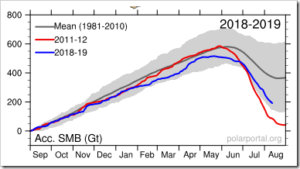
http://polarportal.dk/en/greenland/surface-conditions/
…


